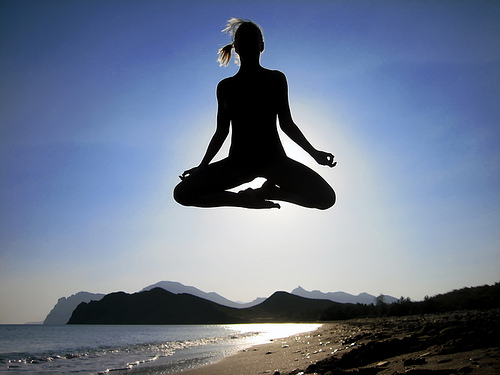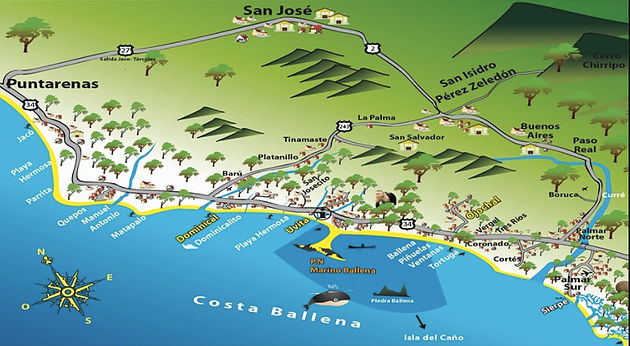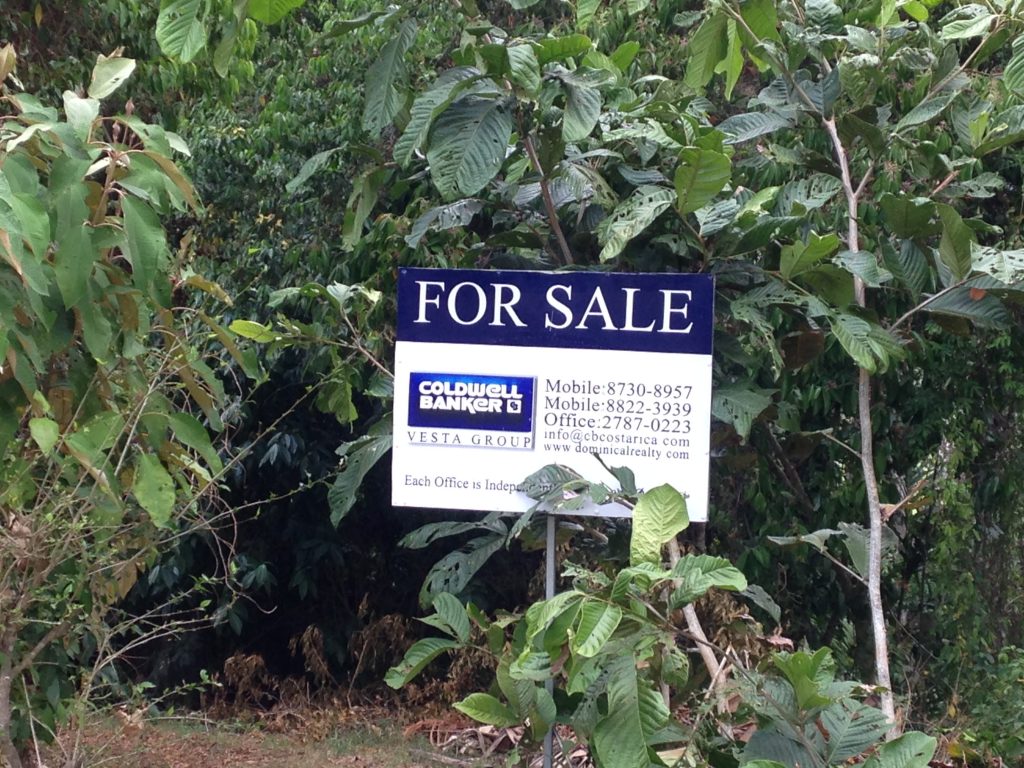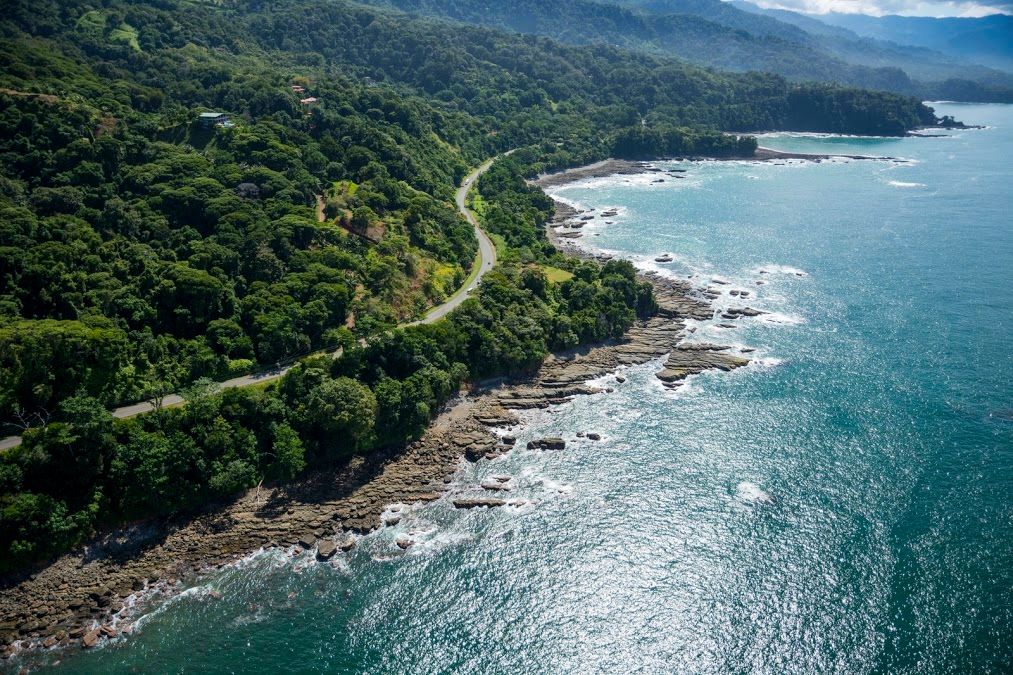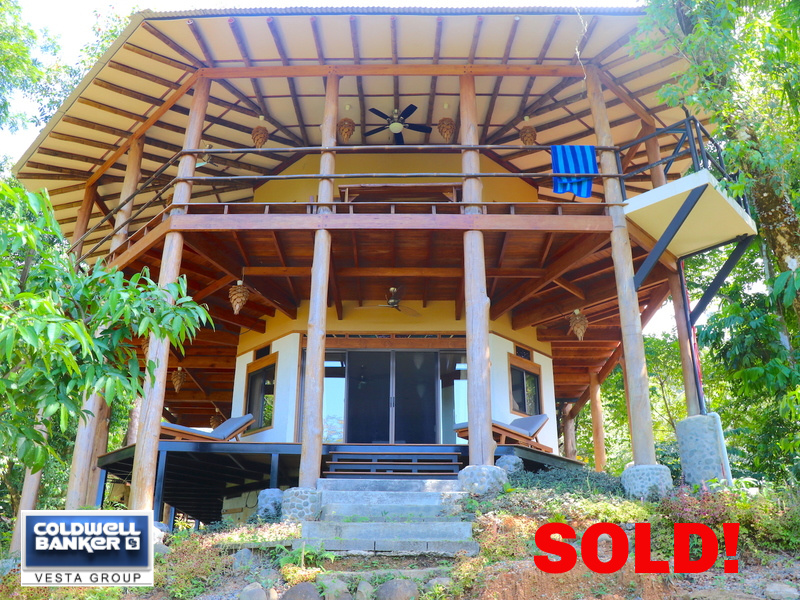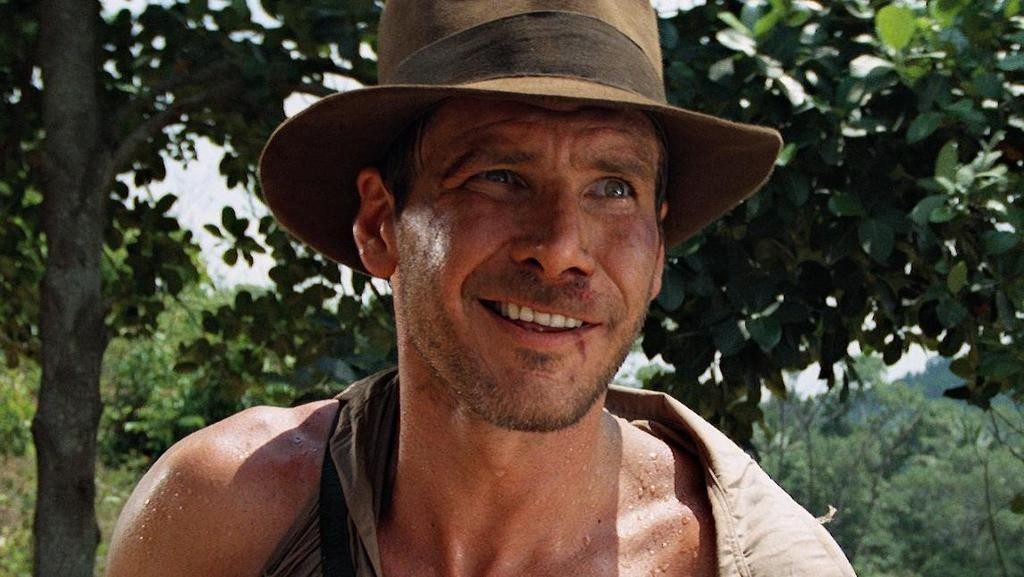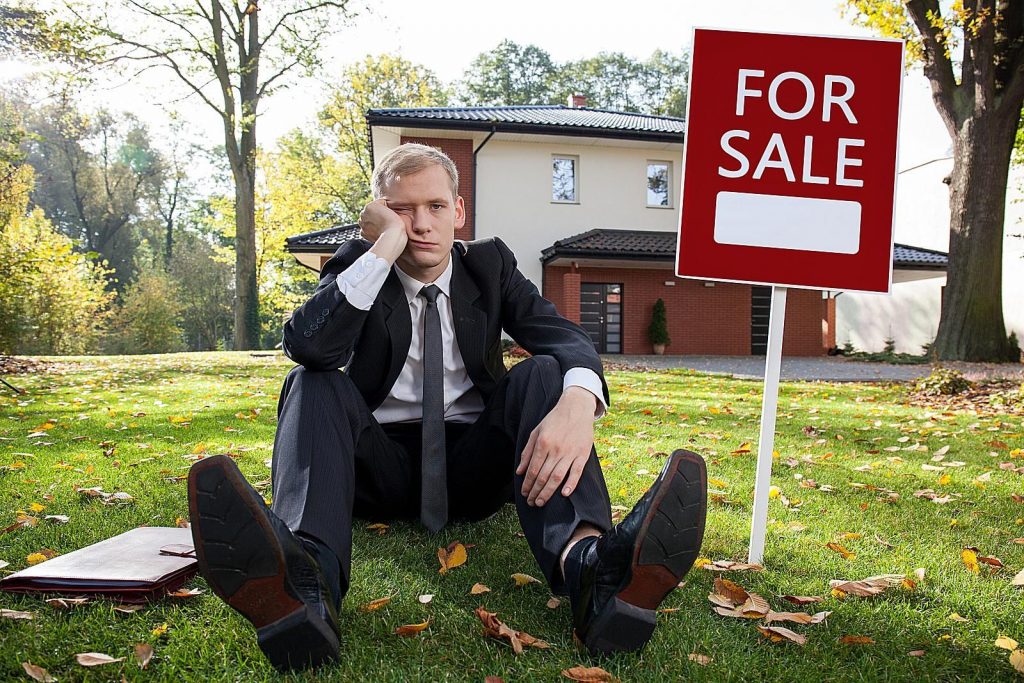
I recently had an interesting discussion online with a Facebook page fan. He was commenting on a listing that had been on the market for around 770 days, or a bit over 2 years. His comment was basically that the property must surely be overpriced (and, by proxy, the entire market) if it hadn’t sold in 2 years.
Of course, what he said could be true. Perhaps the property is indeed overpriced. But my response to him was that it was incorrect to leap to that conclusion simply due to length of time on the market.
So, what is the Costa Rica real estate average time on market?
The Costa Rica real estate average time on market for a given property in our southern zone is about 18 months. At least, that’s what most “in-the-know” realtors will tell you. Certainly there are exceptions. Hell, I sold a property for $4.3 million last year within a couple months of listing it! But, talking averages, properties tend to stay on the market much longer here than a market like the United States.
And there’s an obvious reason why. Now, granted I’m not talking about the “tico (or local) market” here. I’m talking about properties that were built by foreigners and are being marketed pretty much exclusively to foreigners.
Another “average” that’s relevant for this issue is the time a realtor must generally work with a buyer before actually making a sale. The number you often hear is 2 years! You heard that right and, from my experience, I can tell you it’s absolutely true. A typical sales cycle will go from discussing properties with a buyer lead online for a year, to an actual visit by said buyer, then another round of online discussions, perhaps another trip, and finally an offer that two to three months later will ripen into the coveted done deal.
It can be very frustrating for us realtors down here (so be nice to us!), but that’s the way it is working in a market where properties are being marketed and sold, almost exclusively, to folks who live in foreign countries very far away from said market.
So, the main reason for the seemingly long (by U.S. standards) Costa Rica real estate average time on market, even for those properties that are well-priced, is the simple fact of the market dynamics described above.
Now, it’s true that this fact makes Costa Rica properties less liquid than, say, properties in the U.S. However, it doesn’t necessarily make them overpriced. Liquidity should always play an important role in any investment decision. In other words, if you know that you may need to turn your piece of Costa Rican paradise into cash very quickly, at a moment’s notice, then perhaps Costa Rica is not the best investment choice for you. In fact, perhaps real estate (anywhere) is not the best choice for you, period, since there are a myriad of far more liquid investment choices.
The hard cold fact of this painfully long Costa Rica real estate average time on market should make it very clear that buying with a keen-eye towards re-sell potential is very important. Many who buy and/or build don’t do that. They buy or build to their sometimes very peculiar tastes without giving a moment’s thought to the fact that almost no one else in the known universe has those same tastes.
It will serve you well to take note of what kind of properties move the best and try to buy or build something similar. That, plus a reasonable and competitive price, will go a long way towards helping you be one of the exceptions that doesn’t wait for up to 2 years to get your place sold.
If you’re a seller, it’s important to list your property with an agency that has a broad “spider-web”, or network, as Daveed Hollander, the broker with Coldwell Banker Vesta Group (where I work) always likes to say. And I probably should also say that our agency has the broadest and stickiest web in the biz! The more potential buyers your property is exposed to, the better chance you have of beating that Costa Rica real estate average time on market.
Foreigners tend to buy in Costa Rica for reasons that are far more complicated than mere investment value. And for that reason, liquidity is often not given its due in the investment decision process. I don’t know how many times I’ve heard buyers say, “oh, we would never ever sell this place.” I usually reply by reminding them to “never say never.”
So, don’t make gross generalizations concerning price when it comes to the Costa Rica real estate average time on market, like my beloved Facebook fan did. A property could very well be overpriced and there’s nothing wrong with letting time on the market give rise to suspicion that you might be looking at a poorly-priced property…
But the reason for this post is to let you know that that fact alone doesn’t necessarily make it so!

